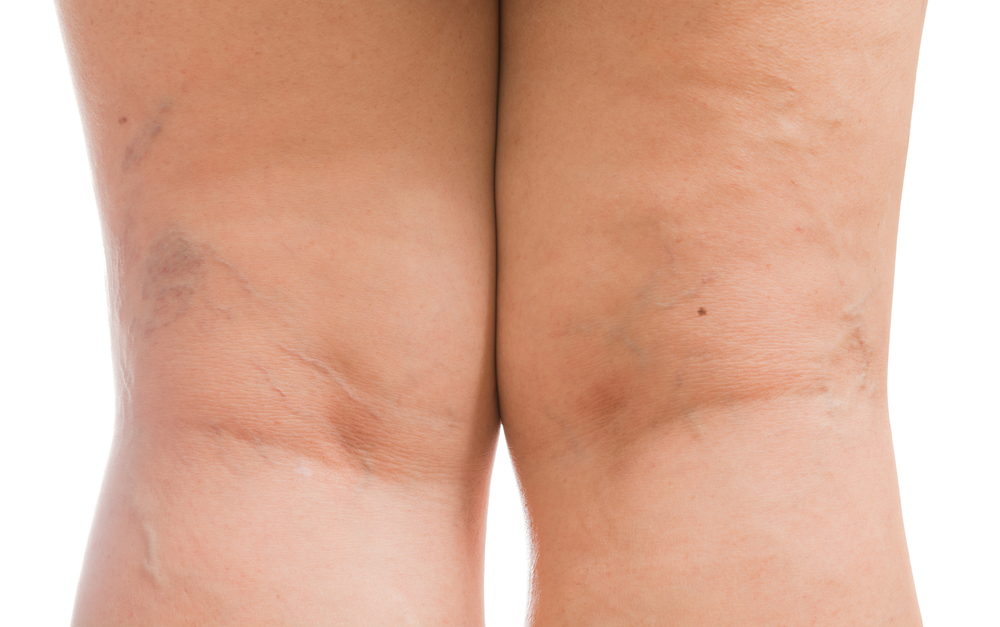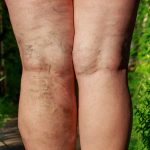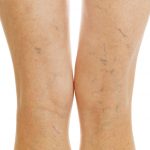Advantages of the Varithena Procedure For Treating Varicose Veins
Varithena is an incredible varicose vein treatment because, in many cases, it can eliminate varicose vein symptoms. Approved by the Food and Drug Administration in 2013, it has become one of the most popular and effective methods for treating varicose veins.
Read on to learn more about the advantages of the Varithena procedure and if this minimally invasive and non-surgical treatment is right for you.
What Is Varithena?
Varithena is a proprietary micro-foam sclerosant medication used to treat varicose veins effectively. Varithena is designed to be injected into damaged veins in conjunction with ultrasound technology. Once injected into the damaged veins, the foam expands, causing the veins to collapse and seal. After the faulty vessels are sealed, the blood flow can be rerouted to healthy and adequately functioning veins in close proximity.
Advantages of Treating Varicose Veins With Varithena
While varicose veins are unsightly, the actual issue runs deeper than what is seen at a superficial level. Varicose veins are often a physical symptom of a more severe condition called chronic venous insufficiency. Untreated varicose veins can cause pain, discomfort, heaviness in the legs, swelling in the legs and ankles, itching, and numbness. Damaged veins can also lead to more severe health complications such as deep vein thrombosis (blood clots), sores that won’t heal, and other potentially severe health issues.
Benefits of Varithena
Varithena can be used to treat several types of damaged veins, including spider veins and varicose veins of various sizes.
Key benefits of Varithena include:
-
Up to a 94% patient success rate
-
Minimally invasive
-
Non-surgical
-
No general anesthesia required
-
No incisions
-
No stitches
-
Treatments are performed in-office and not at a hospital
-
No downtime required
-
Fewer side effects than traditional vein stripping
-
No risk of nerve damage like in ablation treatments
What To Expect During the Procedure
Varithena treatments are considered an in-office procedure. This means that there is no hospital stay to have the treatment performed, and patients can drive themselves to and from their appointment. The procedure itself takes as little as 15 minutes, depending on the severity of the veins being treated.
Step One: The treatment area is numbed using a local anesthetic
Step Two: Using ultrasound technology as guidance, a needle or catheter is placed inside the vein being treated.
Step Three: A small amount of Varithena is slowly injected into the vein. As the foam fills the vein evenly, the blood is displaced, causing the vein to spasm, collapse, and close. Slight pressure is applied to ensure the vein closes appropriately.
Step Four: Once the treatment is complete, tape will be applied to the injection site, and a pressure bandage and compression stockings will be placed over the treated let to promote proper healing.
Recovery
The recovery process from Varithena vein treatment is simple and straightforward. The pressure bandage and compression stockings will need to be worn for 24 hours following the procedure. Depending on the specific treatment plan, a provider may recommend the continuation of compression stocking for a few days to prevent blood clots, promote healing, and improve results. Light activity can be resumed immediately after Varithena treatments; however, vigorous exercise should be avoided for up to one week. It’s also recommended to avoid standing or sitting for long periods.
Potential Risks and Side Effects
The most common side effect patients experience after Varithena treatments is minor bruising and swelling around the injection site. These symptoms typically subside within a few days to a few weeks without any medical intervention. Additionally, there is also a potential risk of blood clots or phlebitis. Always follow the provided instructions to help reduce the risk of side effects.
Insurance Coverage For Varithena
Insurance coverage for Varithena treatments is determined on a case-by-case basis. In most instances, insurance companies decide whether or not to cover treatment based on medical necessity. If you have concerns regarding coverage for varicose vein treatments and procedures, we recommend discussing coverage criteria with your insurance company as every company is slightly different. We also suggest that you inquire about insurance coverage for the compression hose required after the procedure.
If you’re searching for a solution to varicose veins, Varithena is an excellent option, and most people with varicose veins are good candidates. Our expert providers at Vein & Laser Institute offer several varicose vein treatment options, and we’re here to assist you in determining which one is right for you. Call us today to schedule a consultation with one of our vein specialists.
Recent Posts



